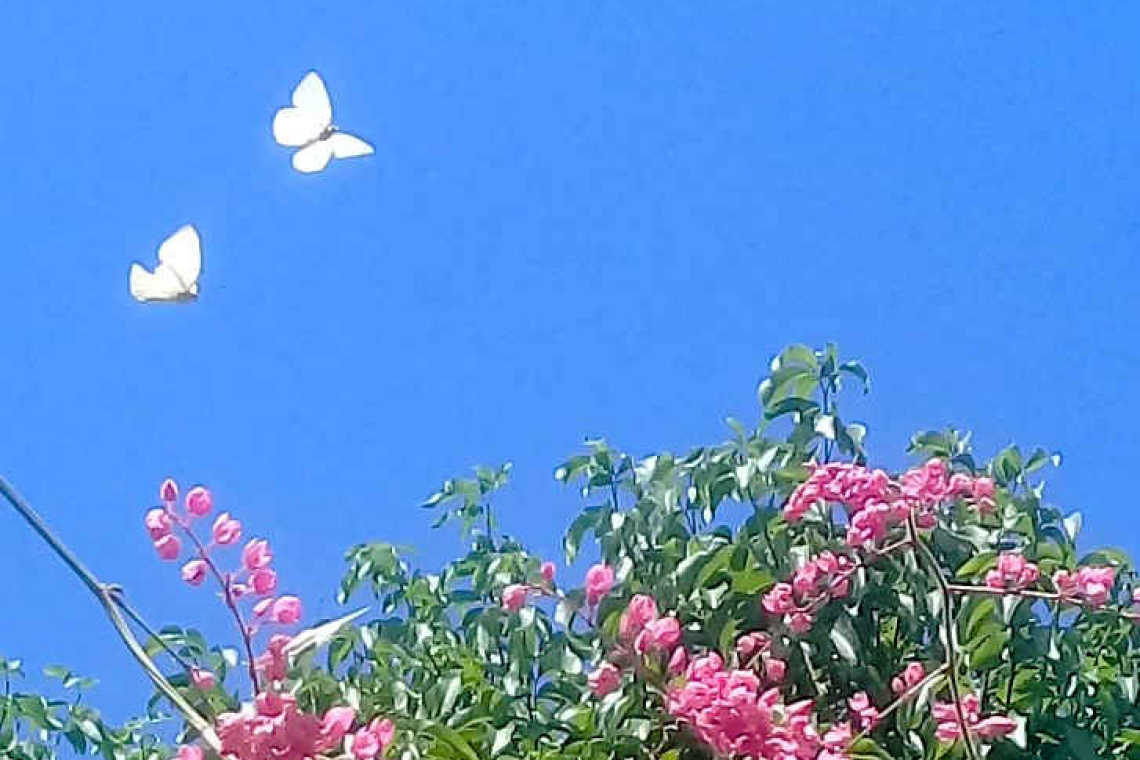By Roger age 11
In the encyclopaedia, we read about the little white butterflies that are right now everywhere on our island. The official name of the species is the Cabbage White butterfly (also known as Great Southern White). It didn’t say much, but it did say it’s a pest! Why? We had to study about that, and it turns out it eats cabbage (which farmers grow for people to eat); but everyone has to eat something – so we say it’s a pretty butterfly and not a pest.
We asked local Biologist Mark Yokoyama to help us understand. He explained that the butterflies don’t eat the cabbage, they are mostly drinking flower nectar, it’s the caterpillars that grow into the butterflies that eat the crops. “Most caterpillars only eat one, or just a few different kinds of plants. These are called the host plants of the caterpillar. The Cabbage White caterpillars eat many things, including things that people also eat,” said Yokoyama. “They eat cabbage and kale and broccoli.”
The museum director continued, “That’s one reason why there are so many; they are busy eating many things. In general, caterpillars and other insects are usually considered pests when they eat something we want to eat or use.”
The Cabbage White is kind of a plain butterfly. It’s small and mostly white with a tiny black spot or two. But if you look closely, it appears the top of the wing looks yellow. The one-inch-long butterflies travel in big groups, fluttering from tree to tree, gathering around the pink flowers. You can see them easily all around the island. They show up about two times a year. They stay a couple weeks and then go lay eggs to start the next generation.
Some people say there are other butterflies that are prettier. Guess what? Most of the beautiful butterflies are not considered pests. The Monarch Butterfly is an example.
Yokoyama explained, “Monarchs eat plants in the milkweed family. On St. Martin, the main one is Apple or Sodom, which grows large like a tree. Milkweed plants have milky sap that is poisonous. The caterpillars use this to make themselves poisonous – that way, birds won’t eat them. Even when they are adults, they are still poisonous, so they are orange and black to warn birds not to eat them.”
So enjoy the sight of the Cabbage Whites fluttering all around the island before they are gone again. And if someone says they are pests, just ask them: “If you eat cabbage, does that make you a pest, too?”







